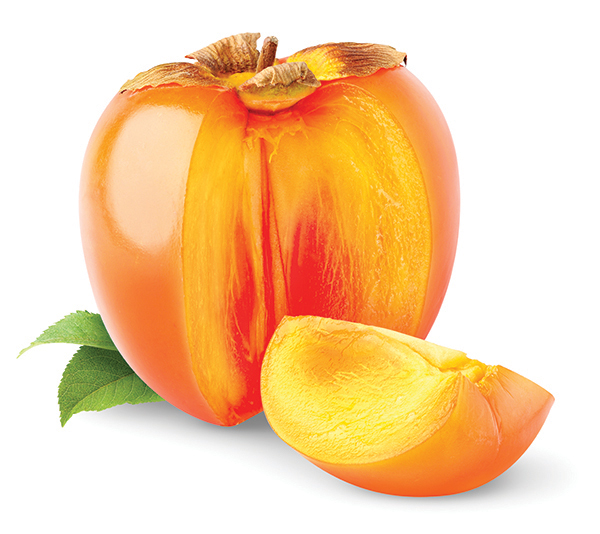A source of relief for heat-weary Texans, beer has been a staple of Lone Star libations since the 1840s, when German and Czech immigrants arrived in Texas and began sharing beer recipes with their new neighbors. These early settlers established the foundation for the brewing industry in Texas, which has grown, declined, then grown again over the years. Even at the start, Texans were grateful for the beverage, which turned out to be much tastier than the beer they had been making from the only ingredients they had handy — potatoes and persimmons.

The newcomers also shared methods for brewing lager beer, made from yeast that ferments near the bottom of the tank. Texans savored the cold-brewed drink in those early days and many brewers took to making lager beer in the winter months then storing it in cellars and caves to keep it from spoiling in the Texas heat.
THE FIRST FOR THIRST
The Western Brewery, established by William A. Menger in 1855 on Alamo Square in San Antonio, is widely regarded as the first commercial brewery in Texas. Although the brewery closed in 1878, the Menger Hotel, opened on the site in 1859, remains. Notably, the hotel features a large cellar constructed with three-foot-thick stone walls to cool the beer produced by the adjacent brewery. The cellars were chilled by the waters of the Alamo Madre ditch, which flowed through what is now the hotel’s patio area.

The year that marked the closure of the Western Brewery also marked the beginning of a downward trend for the entire state, which persisted throughout the 1880s. This decline was due to a combination of factors, including the arrival of Adolphus Busch from St. Louis. In 1883 he brought a better beer to Texas and a large-scale, mechanized process that allowed his brewery to package and deliver at much lower costs per serving.
20th Century
Texas brewers, like beer producers everywhere, faced challenges at the turn of the century due to limited access to quality ingredients, a lack of refrigeration technology, and the crush of Prohibition. After its repeal in 1933, Texas’ recovery continued slowly until the 1980s when the craft beer movement gained momentum.
One of the catalysts for the growth of craft beer in Texas was the 1993 Brewpub Act, which allowed brewpubs to produce and sell their beer on-site, providing a boost to local craft beer scenes. Georgetown’s Rentsch Brewery, which opened in 2015, and Barking Armadillo, formed in a garage in 2017, are some of our local pioneers.
BEING CRAFTY ABOUT IT
Today, craft brew is one of the fastest growing sectors of the food and beverage industry, it makes up more than half the industry’s jobs in Texas, and contributes billions to the state’s economy. Small beer breweries, tap, and tasting rooms also mean new experiences and big revenue for big cities and small towns as travelers and daytrippers opt for close-to-home recreation that includes ingredients and tastes from local sources. Plus, in 2021, the Texas legislature amended HB 1024 to mitigate losses from COVID-era restrictions. That win for the industry means craft beer fans can include their favorite beers in their to-go food orders or meals delivered to their homes.
Today, the Texas Comptroller reports there are 407 craft brewers in the state so stay thirsty, Texas, and tell them you’re doing it for the economy.
The National Beer of Texas
While Lone Star cans are branded with a “since 1884” icon, the beer itself wasn’t named until 1940. What was established in 1884 was the brewery, founded by Adolphus Busch (as in Anheuser-), that would eventually produce it.
Busch’s San Antonio Brewing Company underwent many names and iterations until Prohibition caused the demise of the original facility. In 1940, the brewery underwent a significant rebranding and officially changed its name to the Lone Star Brewing Company. The name “Lone Star” was chosen as a nod to Texas.
During World War II, the production of beer was temporarily halted as breweries were required to shift their focus towards producing war-related supplies. However, after the war, the Lone Star Brewing Company experienced substantial growth and became one of the largest breweries in Texas, incorporating marketing campaigns that celebrated the Texan spirit and cowboy culture. Today, Lone Star Beer is owned by Pabst Brewing Company and remains a beloved beer in Texas, often seen as a symbol of Texan pride and heritage.
